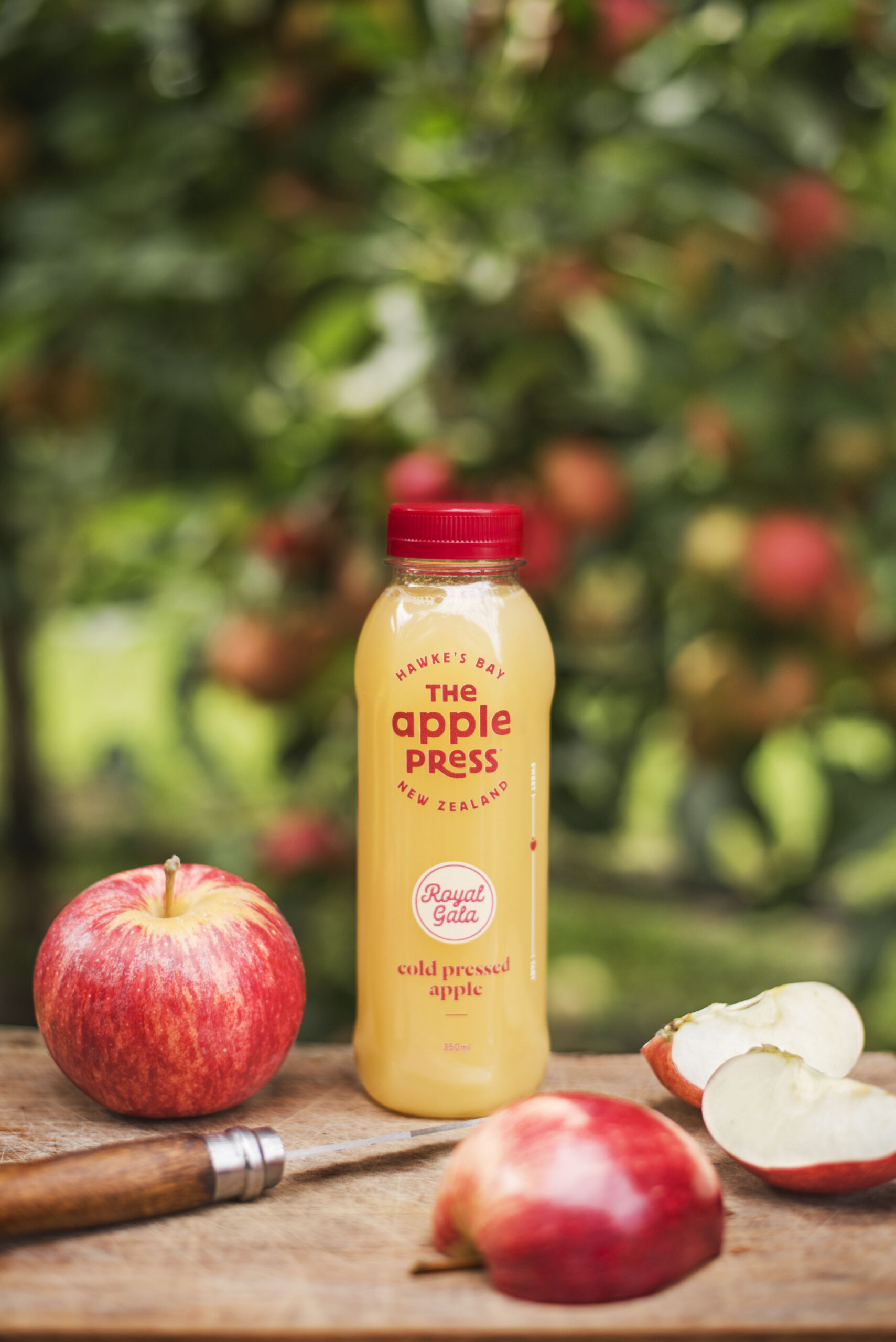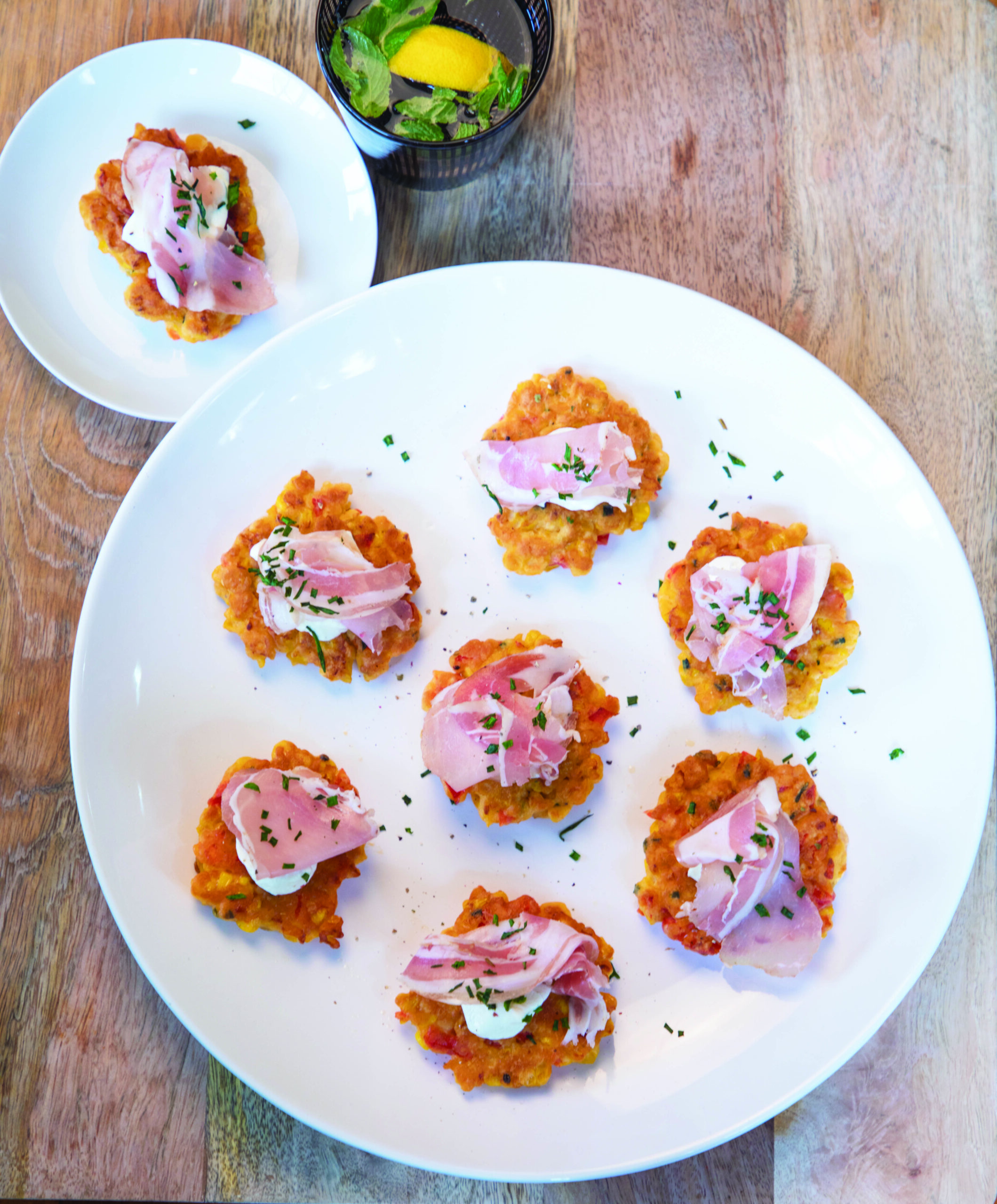A DIY veggie garden for the whole family, from the ground up—literally. From neglected wilderness to neat rows of vegetables, in just eight weeks. Yes, it’s possible. Paul Thompson tells us how
Photos: Paul Thompson
Week one
We burst enthusiastically through the garden gate, splitting in several directions. Our three boys make variously for the trampoline and their bedrooms, while my wife Kirsten and I head straight for the vegetable garden, eager to see the fruits of former labours. We’ve just returned from an intrepid two-month family holiday in Southern India, and everyone is very excited to get back to our Piha home.
Our spirits sink as we approach the garden. The beds and borders are weed-infested, dry as a bone, the soil turned  to concrete. The garden appears to have almost dissolved back into the wild. Identifying the location of previously burgeoning raised beds is a matter of archaeological speculation, rather than horticultural certainty.
to concrete. The garden appears to have almost dissolved back into the wild. Identifying the location of previously burgeoning raised beds is a matter of archaeological speculation, rather than horticultural certainty. 





The house-sitters have done a great job of keeping everything inside in good shape—but it seems they’ve spent the duration of their stay oblivious to the needs of the garden. We are going to have to start all over again.
Week two
After moping for a week, we get stuck in. Number one on our wanted list is the deeply penetrating weeds such as docks and dandelions, which have to be forcibly dug out thanks to their ankle-twisting resistance to anything but our strongest forks. Kikuyu grass is ripped back to where it has crept from surrounding lawns, and Wandering Jew is gently gathered, leaving no traces that might re-grow.
The next phase of our reclamation campaign is to work our way over the dry, compacted soil. Breaking it up into brick-sized chunks, we remove as many of the weeds, along with oxalis bulbils, as we can.
At each stage our task becomes less arduous and the forks easier to use, especially after a shower or two of rain softens most of the clods. With another couple of rounds of digging we have a fairly fine and comparatively weed-free soil once more—phew!
Week three
With all that digging a swift-departing memory we set about revitalising, reconditioning and nourishing our depleted and dusty-looking garden soil. This is a bit like cake-making and as with every great Christmas or chocolate cake there are myriad recipes. We create our own mix half by information and half by intuition—I always remind myself that as gardeners, nature is generally on our side. Things want to grow, so we shouldn’t have to try too hard to get everything absolutely spot on.
Our three main ingredients for soil conditioning are seaweed, copious amounts of sheep pellets and a dusting of pea straw (see box, below). The boys and I haul the seaweed back from the beach. It’s thankfully dry and brittle, and easy to chop into small, cracker-sized pieces over a wheel barrow with a pair of garden shears. We cast 25 to 40 of the chopped-up pieces over each square metre of soil, using about two large handfuls of sheep pellets over the same area with enough loosely scattered pea straw to give the ground the appearance of a Victoria sponge dusted with sugar.
Finally, like a rare and precious brand of chocolate, we crumble spades-full of our very own homegrown compost, wriggling with worms and wee beasties, over the now hallowed ground. Then, we simply stir—or in this case dig—turning the soil over and mixing the different ingredients together.
Week four
We retreat indoors and start to plan, and occasionally argue, over what vegetables and fruits we will plant and how we should rotate our crops (see box, below). There’s general agreement over peas, carrots and spinach but some negotiation is required over the potatoes (see
page 91).
To my mind, spuds are fun to grow but not the most economic of crops: they are cheap to buy, yet take up a lot of space in our medium-sized garden. But Kirsten—being Scottish, she has a particular passion for tatties—and the boys dig their heels in, so we resolve to set aside one larger bed for potatoes, then use our four raised beds for tree cabbages, kale, silverbeet, garlic, radishes, parsnips, leeks, onions, peas and so forth.
We buy both seedlings and seeds in packets from local health food shops, garden centres and from Koanga Gardens (www.koanga.co.nz) by post. Seedlings make up for lost time, but where possible we try to save money by selecting varieties that can be sown directly into
the ground.
Week eight
Five weeks since we last mixed everything into the beds, the worms and micro-organisms have pretty much done their stuff. A random handful of earth now reveals that the various ingredients have broken down into a fine, rich soil ready for plants and seeds. The hard work is behind us, the sun is in front of us, the soil looks alive and smells sweet once more. It’s the perfect time to get stuck in!
We’ve planned our beds so the tallest plants, such as peas, leeks and beans, go to the rear. Shorter vegetables, like spinach, carrots and lettuces, go in front so that everything has access to sunlight. We’ll leave spaces for planting tomatoes and sweetcorn in spring, which otherwise might miss out in our rush to fill the beds
with plants.
The boys rush to help. They make great planters, with their younger hands finding small seedlings and loose seeds less fiddly. We place a board across the raised beds so they can walk up and down and pop plants in without compacting the soil. It’s important to us that they take part in the planting, and the whole process of growing, so they can fully appreciate what ends up on their plates.
At the end of the day our beds are once more filled with hope and the promise of sweet and tasty produce. We all feel a renewed sense of connection to our outdoor spaces—and to each other—and look forward to the first shoots in the coming weeks. This time, we’ll ensure they’re looked after from now until they’re ready for an already eagerly awaited harvest.
Soil conditioning
Seaweed comes free to those who have access to a beach, and after wild winter storms it’s prolific. It can be strewn uncut among established trees and shrubs, or cut up into small pieces and dug into the soil for new plantings. Some folk make a brew with seaweed by first washing it, then popping it into a tub or barrel of water to fester into a gelatinous liquid manure that works wonders when diluted with water. Seaweed is packed with micro-nutrients and natural plant hormones. It’s also full of carbohydrates, which are both good for plants and the essential micro-organisms that help form a healthy soil.
Sheep pellets are another product that you don’t have to go far for—a short trip to your local garden centre or hardware store should be sufficient, unless of course you’re a sheep farmer.
A natural slow-release fertilizer as well as a useful soil conditioner that helps bulk up soil, sheep pellets are easy to apply and ideal for vegetable gardens. You can even add them to your home compost heap to give it a pep-up.
Pea straw is a mulch as well as a soil conditioner; get it from the same place you buy your sheep pellets. High in nitrogen, it breaks down quickly to release nutrients for plants as well as adding organic material to improve soil structure. It’s ideal for heavy-feeding plants like most vegetables. Avoid spreading it on a windy day—it’s likely to blow away!
Crop rotation
Growing one type of plant in the concentrated numbers that we gardeners like is a bit of a come-on to all the pests and diseases that prey upon that plant. A long row of carrots, cabbages, onions or peas shouts out, “Yoo-hoo, I’m over here!”
While in the organic world we are generally tolerant of some pests and diseases, we can act to prevent recurring attacks year after year. Crop rotation aims to isolate plants into their family groups, then move them around the garden each season. This not only prevents a build up of soil-borne pests, but also prevents soils becoming starved of specific nutrients.
How it works: A three- or four-bed rotation is most common. Each bed is occupied by one plant group in the first year, then each year after that the groups move around one bed at a time. The main groups in a four bed rotation are legumes (peas, beans), brassicas (cabbage, kale, broccoli), roots (carrots, parsnips, beetroot), alliums (onions, garlic).
Legumes fix nitrogen in the soil, so are followed by brassicas which feed heavily on nitrogen. In turn, brassicas are followed by roots, which grow best in soil that is not too rich. Roots are followed by alliums. These require a fine, well-drained soil (nicely broken up by the penetrating root vegetables) and beneficially rid the soil of carrot root fly. Crops such as asparagus, rhubarb and herbs are not rotated. Potatoes, tomatoes and other large growers can be rotated if beds are large enough.
Raised beds
Dimensions: Ideally you should be able to reach into the middle of a raised bed with your arm outstretched from either side. This normally means beds are around 1.5m to 2m wide. Length depends on how much space you have. Minimum depth of good soil for vegetables is around 20cm, but aim for 45cm so you can plant beans, tomatoes and carrots, which need deeper soil. As a general rule, the higher your bed, the easier it will be to work on.
Materials: Use macrocarpa: it’s grown in New Zealand and has natural oils that preserve it in and on the ground, so it doesn’t need treating with chemical preservatives. Macrocarpa sleepers are a handy modular shape that can be easily stacked and fixed together without the need for corner posts, or use macrocarpa boards with posts along the sides and at corners.
Fun alternatives for gardens with good ground soil—where there is not the same imperative to raise beds up high for additional soil—can be things like old bricks, plant pots filled with soil, logs, even tea tree branches can be cut to short lengths, part-buried and tied together if you have the inclination.




